Palmetto Bluff Real Estate Company Sales Office
Office Hours
Monday-Friday 9am - 5pm
Saturday 9am - 4pm
Sunday 12 - 4pm
Saturday 9am - 4pm
Sunday 12 - 4pm
The mere mention of white-tailed deer conjures up a familiar mental image. It is a bitter cold winter morning. A mature buck stands proudly with a tall, heavy set of antlers reaching skyward. His breath materializes into a thick mist in the light of the sun, which has been slowly making its debut behind him. His harem of does (females) feeds around him in quiet comfort. They stand in the edge of a frosted field of lush, leafy turnips and tall green oats. The field is surrounded by an untouched, magnificent maritime forest. At Palmetto Bluff, this is a common scene. Here, the deer herd is studied and managed by the Palmetto Bluff Conservancy at a level that cannot be found at most places.
The Conservancy uses a wide variety of tools to manage and study the deer herd that lives at the Bluff. Nighttime spotlight surveys and trail camera censuses are utilized to estimate population and density in specific areas. Deer nutrition is supplemented with cultivated food plots that are scattered property-wide. Every May, the Conservancy conducts the summer planting, which consists of Alyce clover, Aeschynomene, and buckwheat, to ensure the deer on property are well-fed with food that has real nutritional value. Another planting occurs in October. This crop is a mix of wheat, naked oats, rape, rye, and turnips. Over 40 automatic corn feeders supply deer with a quick and easy meal. These extra food sources are great for other wildlife as well. Birds of all kinds are visitors to Palmetto Bluff’s nutrient-rich food plots.
White-tailed deer are an iconic American wildlife species, and they are the state animal for nine states, including South Carolina. The pursuit of the white-tailed deer generates billions of dollars annually, but hunting is also a beneficial practice for healthy herd production. Since deer have very few limiting factors, their numbers can quickly exceed the carrying capacity of the land upon which they reside. The Palmetto Bluff Conservancy hosts guided deer hunts for property owners, which help form a deep bond between owners and this special land they live on while also maintaining the local herd below carrying capacity. Their antlers serve as trophies for hunters and their meat fills freezers. Meat from a white-tailed deer is second to none. Like beef, it is crimson red in color but much leaner. The deer’s all-natural diet provides a hunter with a hormone-free, healthier alternative to store-bought beef, and it’s cheaper too. A pound of ground beef averages $3.50; whereas, a pound of fully processed ground deer meat costs roughly $1.50 depending on the processor. Cheaper and healthier? Those two words are seldom used to describe other foods. (My preferred recipe for preparing and cooking delicious deer meat is on the next page.)
The fact that deer are a major game species in the United States is not the only interesting aspect of their existence. The intricacies of the life they live is a spectacle of its own. Deer belong to a family of species known as Cervidae. The members of this family include white-tailed deer, mule deer, moose, caribou, elk, and several others. What all of these species share is that the male of the species grows and sheds a new pair of antlers every year. This trait sets the tone for their entire year. Let’s take a look at the stages each deer undergoes throughout the year.
There are several events occurring within the deer community during the summer months. Does are giving birth to offspring known as fawns, which are covered in white spots that serve as a type of camouflage. The fawns will spend their days hiding and the mother will return to them periodically so they may nurse. (If a fawn is found alone, it is important to leave it undisturbed. The mother has not abandoned it; she is simply feeding and will return soon.)
Bucks also begin growing their antlers for the year at this point. Their rack size and shape are directly related to the amount of minerals available for consumption. As the antlers grow, they are encased in a layer of skin and blood vessels known as velvet. During the summer, does and bucks spend very little time together. Instead, bucks often hang together in a bachelor group.
Antler growth slows down, and soon, bucks will leave their bachelor groups to seek solitude. While they are alone, they eat as much as possible to build fat reserves, causing their antlers to “harden out.” After their antlers have hardened, the bucks will rub them on branches and saplings. This removes the velvet and polishes the antlers.
Fawns have now learned to feed on their own. They still hang close to their mothers but can survive without them, and the spots that once covered their backs have faded or disappeared completely.
Females enter estrus and “the rut” ensues. The rut is the season when deer breed, which brings about major changes in their behavior. Bucks establish a hierarchy by fighting and use the antlers grown over the last few months as weapons. The biggest, strongest bucks earn the right to breed with the female, but many of the females didn’t sign up for this. The bucks chase the females around and give them little rest. Bucks are often so focused on females that they are oblivious to their surroundings, and for this reason, the rut is time of year when most deer are struck by cars. Their preoccupation with females causes them to forget an important rule—look both ways before you cross the street!
Breeding season comes to a close. Bucks, worn down by the rigors of the rut, are visibly thinner. With no receptive females left, they begin to return to their bachelor groups. The antlers that have served them throughout the rut loosen and fall off. From here, the annual cycle starts over just as it has done for 3 million years since deer first evolved.
White-tailed deer live a unique lifestyle. By studying their behaviors and population dynamics, a deep appreciation for them is formed. There is no doubt why they are one of the most recognizable American species, and they certainly make great wild neighbors at Palmetto Bluff.
Justin’s Favorite Deer Meat Recipe
Grilled, Marinated Backstrap or Loins
For best results, have more than one ice-cold beer of your choosing beforehand.
Photography by Michael Foster

Warm, fragrant, and deeply comforting, Chef Beth’s Southern Sausage & Sage Stuffing is a holiday classic that brings together rich pork sausage, fresh herbs, and toasted bread for the ultimate savory side dish. Studded with green apples and aromatic vegeta...
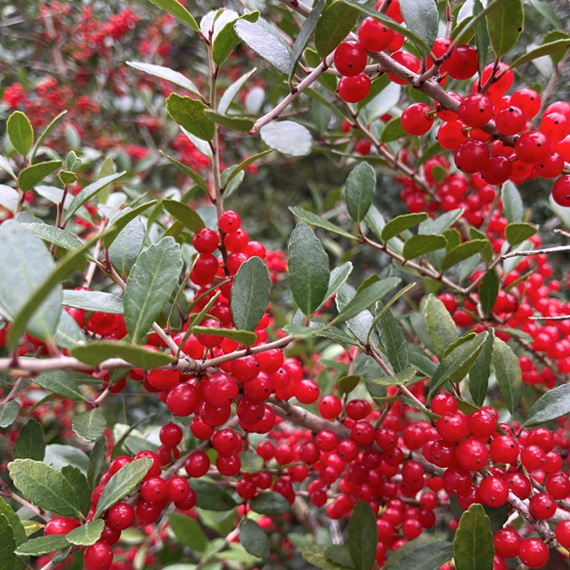
As December settles over Palmetto Bluff, it brings softer light, cooler mornings, and the natural beauty of native evergreens and winter berries that define the Lowcountry landscape. Palmetto Bluff Conservancy’s Education and Outreach Manager, Aaron Palmier...
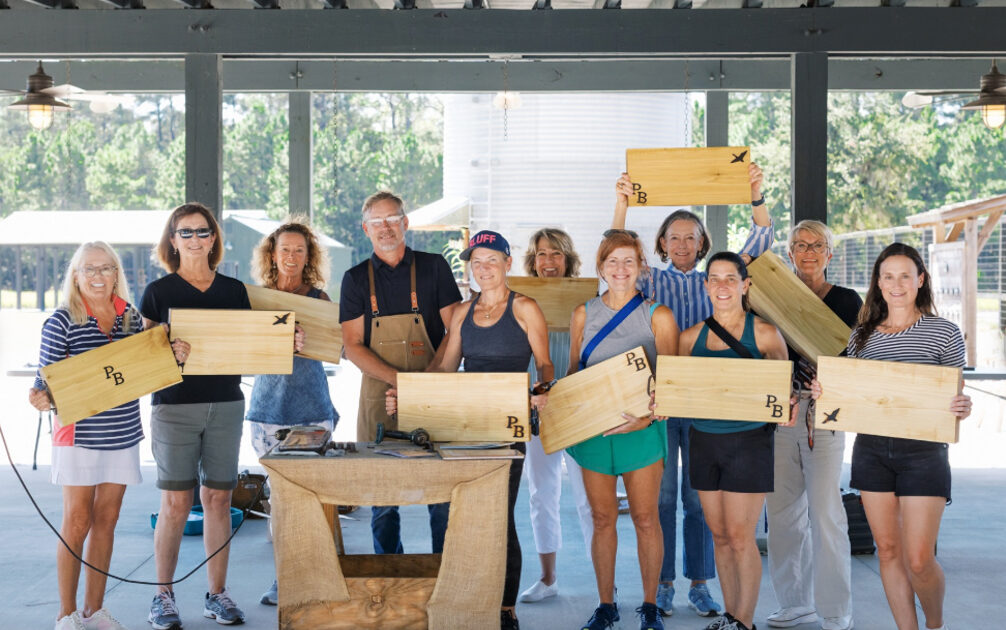
In 2025, Palmetto Bluff welcomed new neighbors and old friends, groundbreakings, and long-awaited openings. From inspired Club gatherings and elevated programming to the creation of our latest golf course, the year was defined by connection and excitement for ...
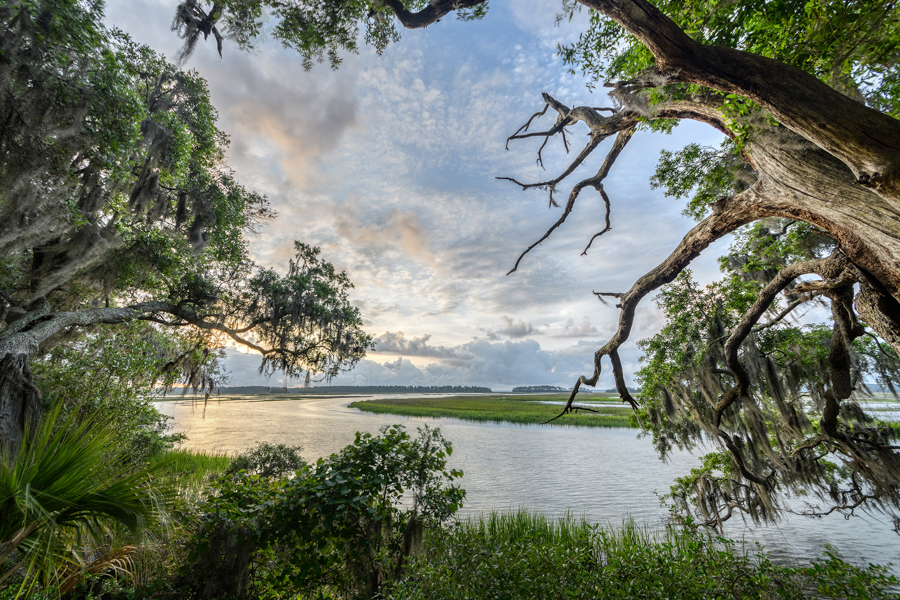
There is something serene about waking up to shimmering water, the stillness of the woods, or the sweep of marsh and sky right outside your window. Even without stepping outside, science shows that simply seeing nature from home can meaningfully improve mental...
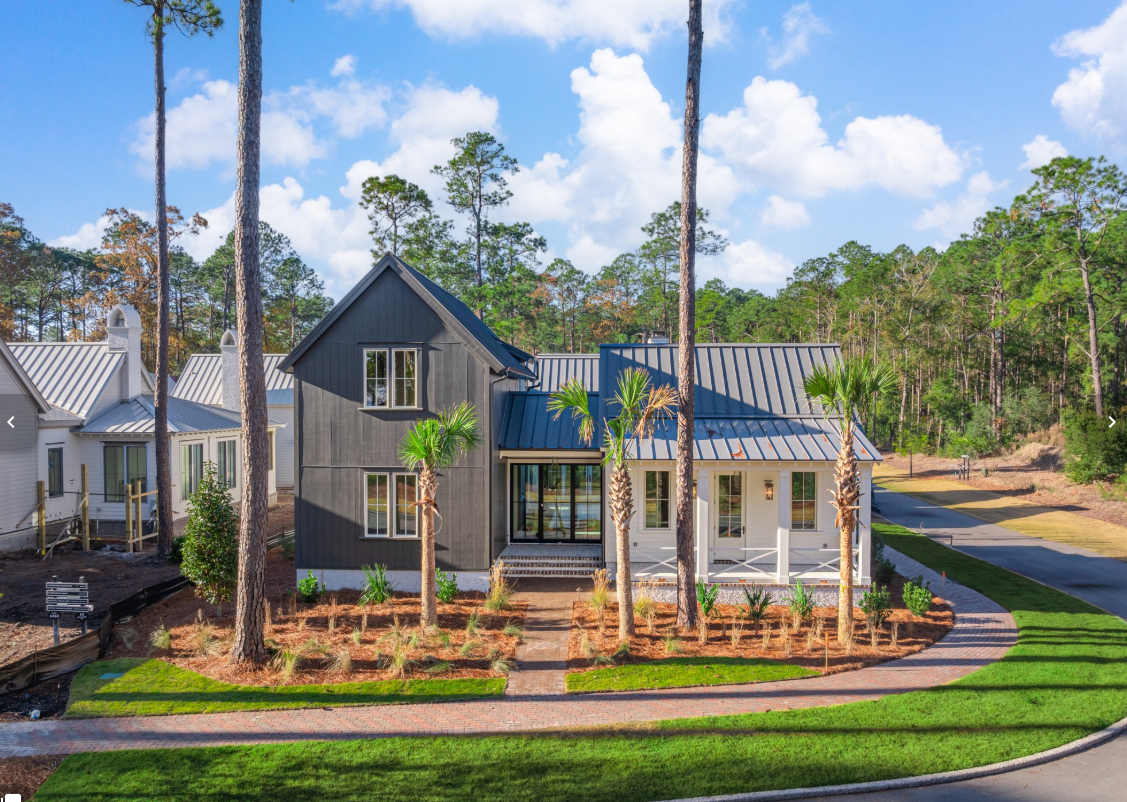
The Ultimate Choice: Building vs Buying a Home in Palmetto Bluff For those searching for Palmetto Bluff homes for sale, this common question often arises: Should you choose an existing residence, or embrace the opportunity to build your own? While a complet...
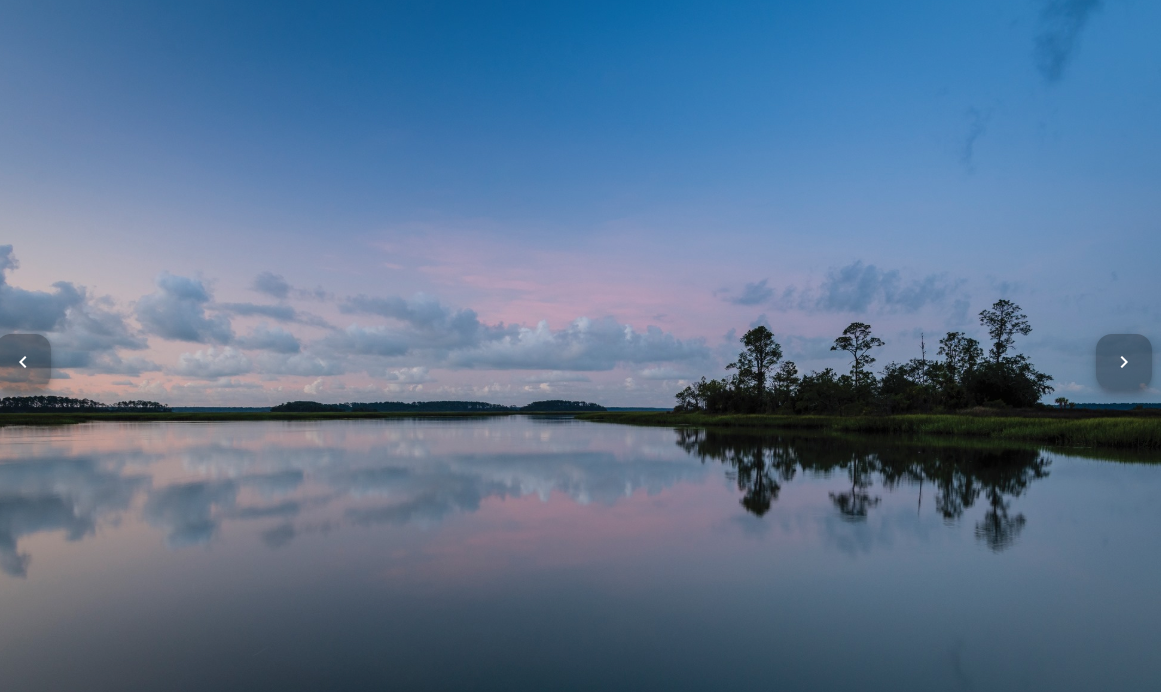
A Complete Guide to South Carolina Winter at Palmetto Bluff South Carolina's winter is unlike any other on the East Coast. While many travelers search for “South Carolina winter” expecting cooler temperatures and limited outdoor options, the Lowcountry revea...
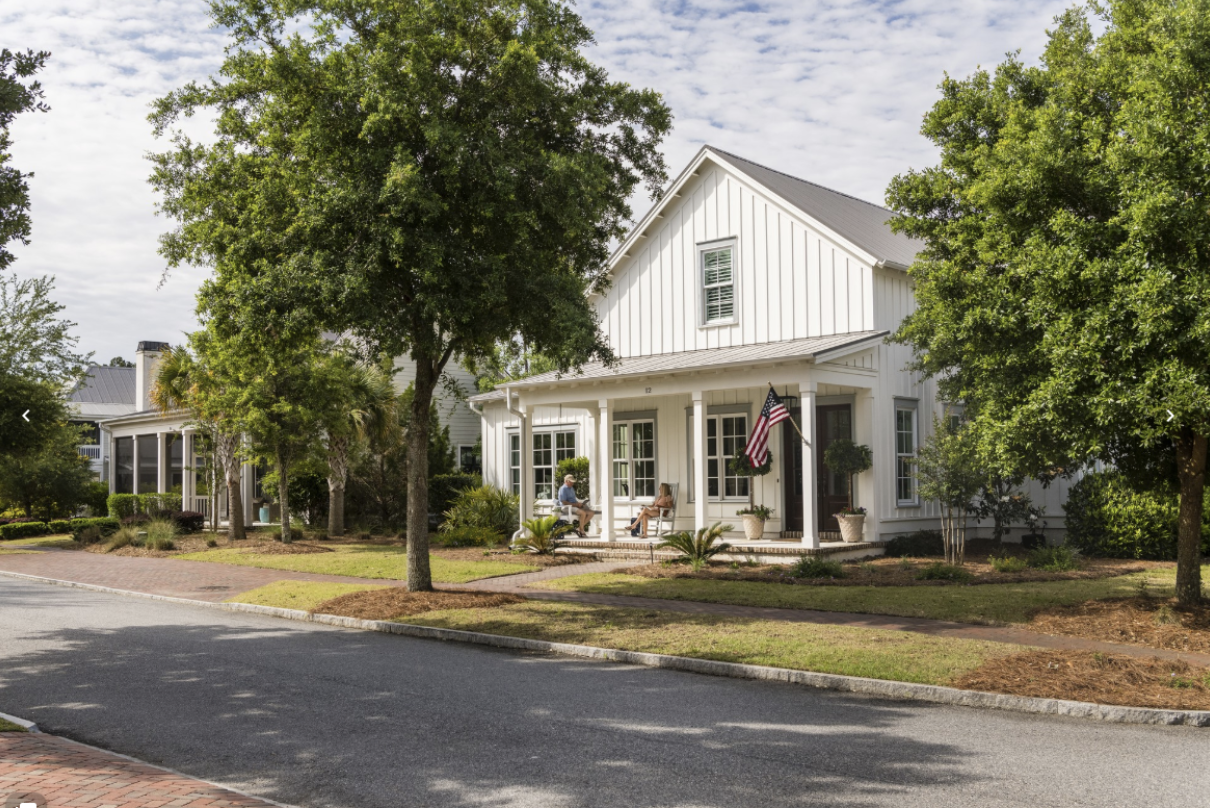
River Road: Where Lowcountry Beauty Meets Elevated Everyday Living Tucked gracefully between Wilson Village and Moreland Village, River Road is one of Palmetto Bluff’s most immersive communities. It's where the pace of life seems to soften, classic Southern ...
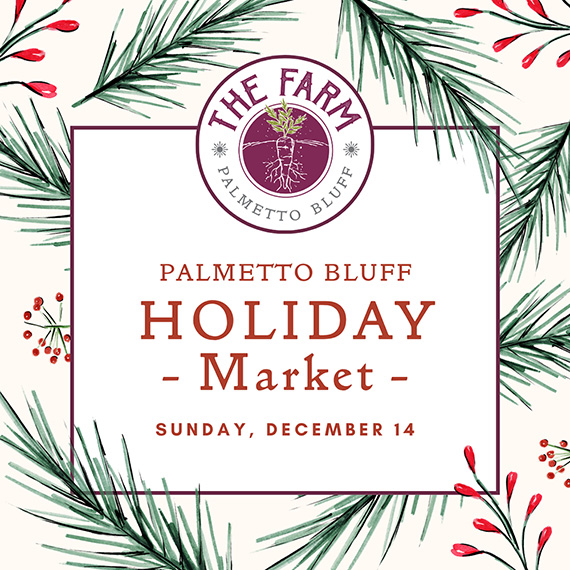
Sunday, December 14 | 9am to 1pmVillage GreenThe season’s most festive farmers market, the Holiday Farmers Market, comes to Wilson Village on Sunday, December 14, from 9am to 1pm. All are welcome to visit and experience the magic of holidays at the Bluff. The ...

Tucked amid whispering pines and overlooking a tranquil water trail, 11 Lyonia Street is where Lowcountry charm meets modern artistry. The newly built residence redefines Southern living with a balance of craftsmanship and calm. This is a home that feels both ...
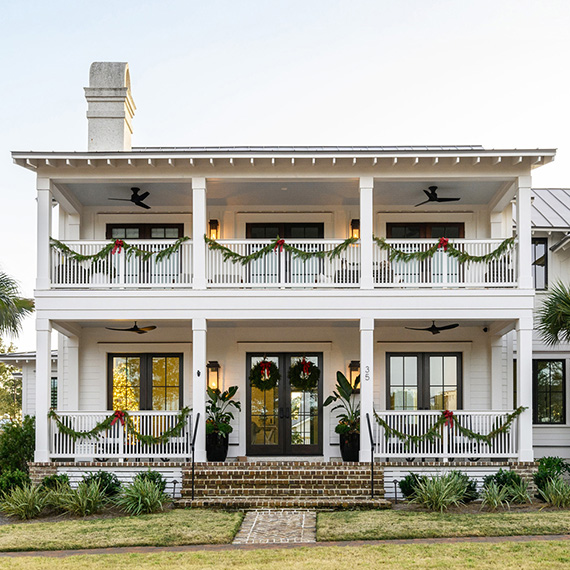
The holiday season in the Lowcountry brings crisp air, oaks draped in twinkling lights, and laughter drifting from homes where families and friends gather once again. At Palmetto Bluff, the holidays are more than just a season; they’re a feeling of togethernes...
Learn about the Palmetto Bluff Conservancy and how we keep the vision of our land in place.
On land or water, there is an ever-evolving variety of activities.
We do not attempt to independently verify the currency, completeness, accuracy or authenticity of the data contained herein. All area measurements and calculations are approximate and should be independently verified. Data may be subject to transcription and transmission errors. Accordingly, the data is provided on an “as is” “as available” basis only and may not reflect all real estate activity in the market”. © [2023] REsides, Inc. All rights reserved. Certain information contained herein is derived from information, which is the licensed property of, and copyrighted by, REsides, Inc.